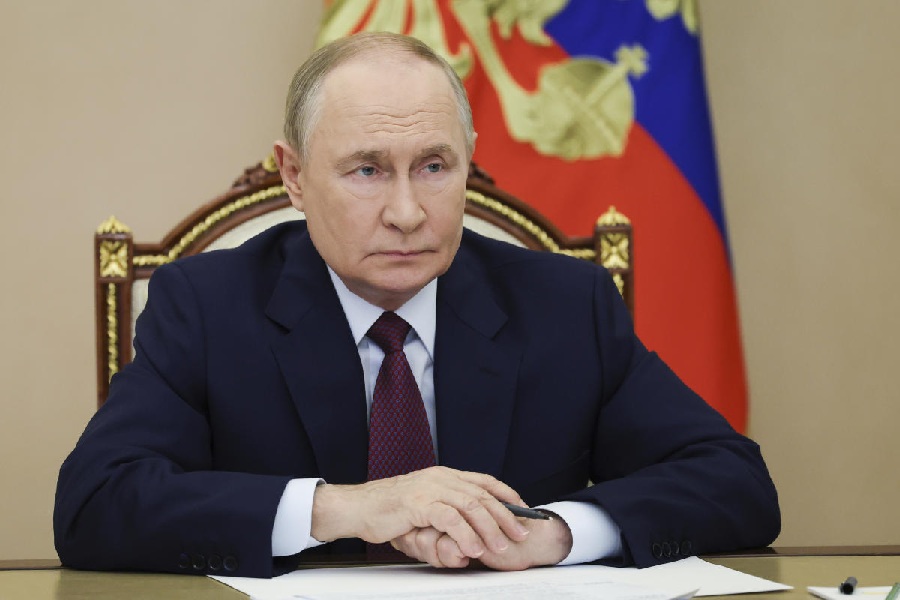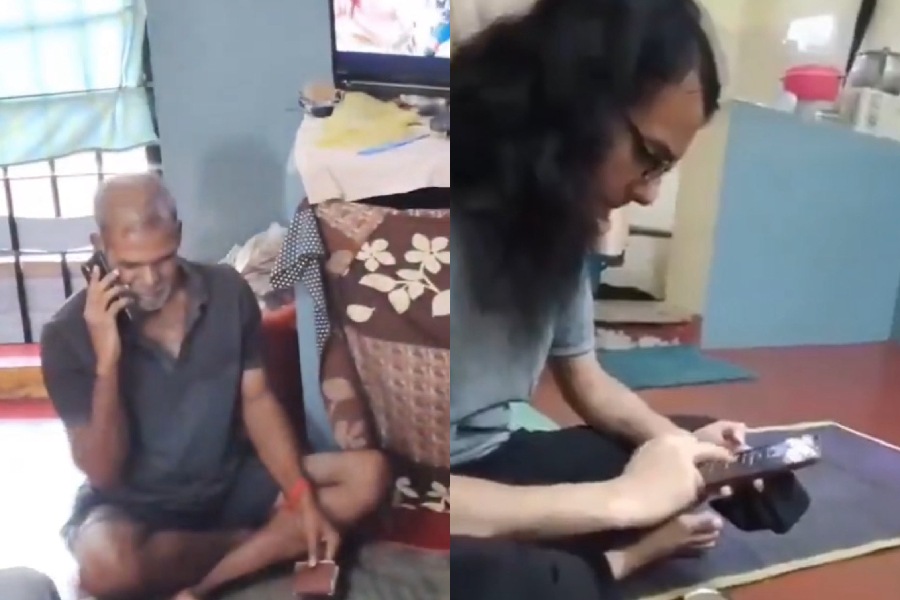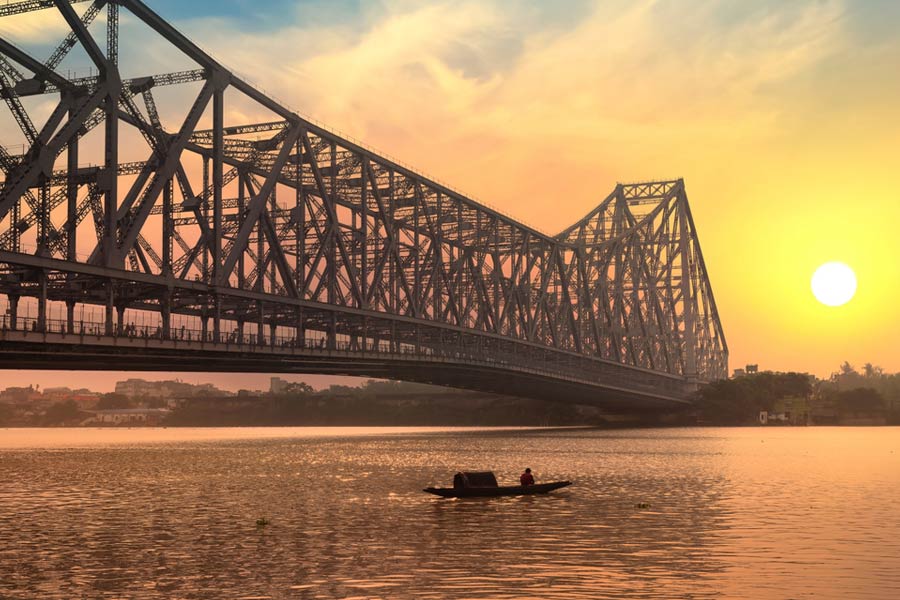 |
| National Security Guard commandos come out of the Swaminarayan temple after flushing out the gunmen. (Reuters) |
New Delhi, Sept. 25: The National Security Guard contingent that killed the two militants inside the Swaminarayan Temple found itself handicapped by extra-military considerations in carrying out the operation.
The casualty rate of one NSG commando killed and four injured (only in this elite force, leaving aside the Gujarat police victims) is unacceptably high by international standards of counter-terrorist actions when the operation was against just two militants.
At the same time, as one army officer with commando training put it, “a strategically-placed militant with a commanding view and with an AK-47 behind a concrete shelter can wreak untold havoc”.
The National Security Guard, headquartered in Manesar, is a paramilitary force under the Union home ministry. It is called in for special operations and is said to be equipped with the very best of counter-terrorist men and material, such as Uzi (Israeli) sub machine guns, night vision devices, and precision mortars.
The NSG has two wings — the Special Action Group and the Special Protection Group. While the protection group’s main task is to provide cover to VVIPs, the action group carries out operations such as the one in Gandhinagar early this morning and, more specifically, functions as an anti-hijacking squad. Over the years, the NSG’s task of providing VVIP security has come to take precedence over its other responsibility.
The NSG is staffed by personnel drawn from the army, the Border Security Force and the Central Reserve Police Force. Most of the action group is staffed by personnel drawn from the army. The soldier who was killed by the militants, Subedar Suresh Chand Yadav, 41, was deputed to the NSG from 13 Mahar, an infantry unit. The force commander was Brigadier Raj Seetapathy.
In time to come, Brigadier Seetapathy’s “action report” will form part of lessons taught in combat training schools. For the moment, there are a few things that are clear.
First, the militants had ensured themselves a bullet-proof environment — their bodies are said to have been found inside a bathroom. The answer to the question, why it was not possible to smoke out/stun the militants is not yet known.
Another option — blasting of the militants’ shelter with mortars — was dispensed with because the NSG’s brief was to ensure that there was no damage to the shrine. While such a brief is respectful of religious sentiment, it severely limits clinical military action. The cost of a shrine is less than the cost of lives lost.
Second, there appears to have been some confusion on whether the militants held hostages and, therefore, there was the hesitation to use light but high-impact field weapons like mortars.
Sources say, a possible use of chemical weapons would probably be considered by some counter-terrorist forces in such circumstances but Indian security forces do not use these.
Third, the NSG contingent had concluded that the operation would have to conclude with a storming of the militants’ shelter. The other approach was to clinically acquire space, possibly even inch by inch, and starve the militants after making them exhaust their firepower. This is more painstaking and time consuming but would be likely to take less of a toll. The risk in such an approach is that the adversary might find time and wherewithal to booby-trap the shelter.
There was little doubt immediately after the NSG was called in last evening that the militants would be flushed out or eliminated. But a dissection of the operation by combat specialists later can reveal certain flaws.
It is necessary for tactics of a military operation to be planned and executed in a dispassionate atmosphere. Could it be that the decision to storm the militants’ shelter was influenced by a political and emotional will to show immediate results?










